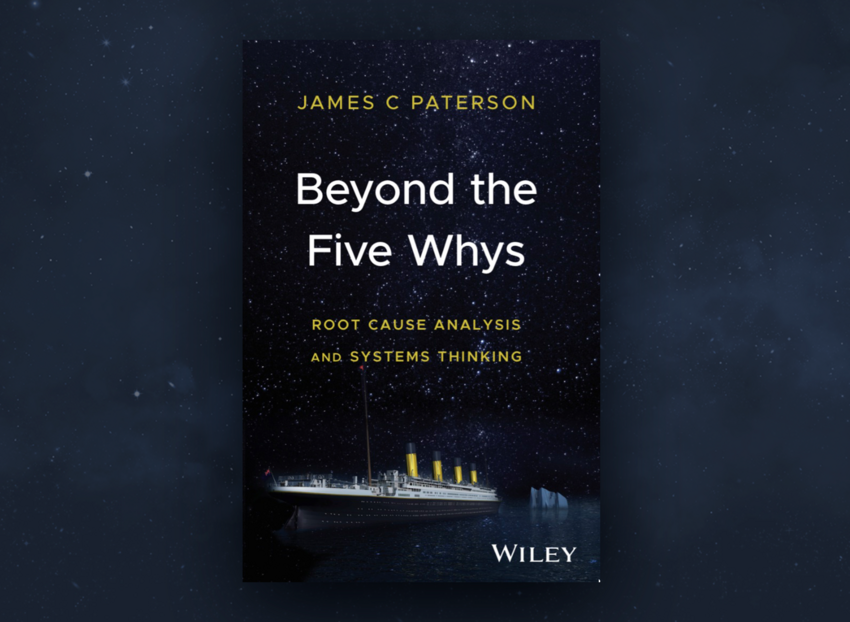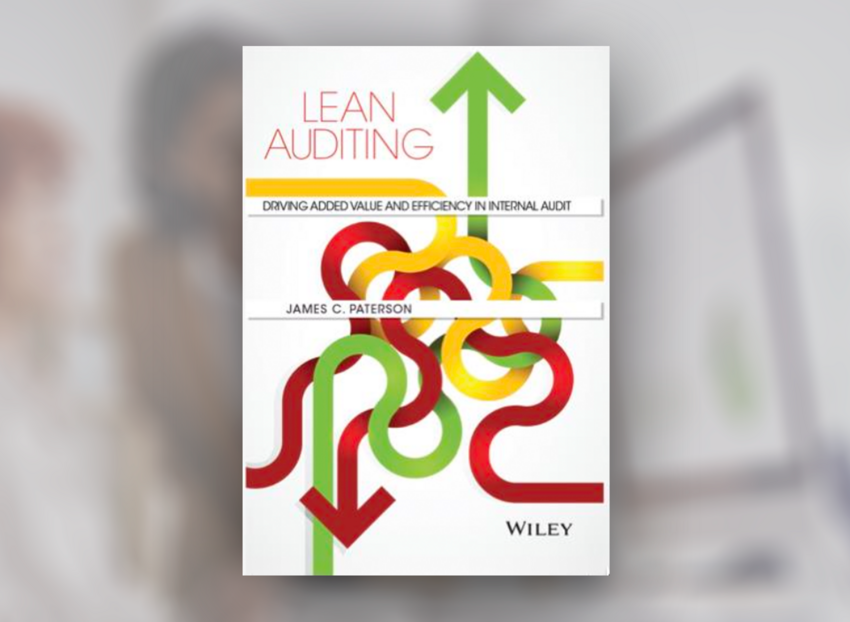Home

Our Founder
James Paterson
James was formerly Chief Audit Executive for AstraZeneca PLC from 2002 - 2009. He has worked in a range of other corporate and commercial finance roles, including Head of Group Financial Reporting and Director of Global Leadership Development programmes.
He has been a consultant, trainer and business coach since 2010.
After working on a Masters Degree In Management - he was seconded into HR to be head of Global Leadership Development programmes for several years.
Root Cause Analysis & Culture
Getting to the underlying reasons why things can go off track and understanding the behavioural, 'human factors' that are involved.
Governance & Risk Assurance
Focusing on both accountabilities and how to ensure certainty to within defined tolerances.
Leadership & Political Savvy (Coaching)
Developing an authentic style that is able to identify and adapt to political realities.
Internal Audit
Ranging from internal audit team effectiveness to more tangible good practices including lean auditing.
Other/Miscellaneous
A range of support and training options are available to Audit Committees and teams working in Governance, Risk and Compliance, and Risk Assurance/Control.
Beyond the Five Whys: Root Cause Analysis & Systems Thinking

What our readers say...
James uses a combination of real-life stories and best practice insight to present a practical approach to root cause analysis that will help shift your mindset to unleash the power of being more curious.
Damian Finio, CFO Phibro Animal Healthcare Corporation
James Paterson, a former Chief Audit Executive, tackles a topic of immense importance across all organizational sectors. The book also includes practical guidance from leaders in business, risk and audit.
Nancy Haig, CIA, CBA, CFE, CRISC, Principal – PIAC LLC
As the world becomes ever more complex and fast paced it is imperative that we become outstanding at learning from experience. Somehow, we must get beyond blame and shame when examining why things go wrong. Otherwise, we will just repeat, and probably make bigger mistakes.
Andrew Pal, CEng, FIMechE, Leadership Coach and Organisation Consultant
Through clear explanations and real-world examples, readers will learn how to systematically identify root causes and develop effective solutions that address the underlying problems. This book is a valuable resource that professionals can read and start to apply to improve their problem-solving skills and make a positive impact within their…
Sandeep Das, Head of Internal Audit, St John Ambulance
Lean Auditing: Driving Added Value & Efficiency in Internal Audit
What our readers say...
Practical and well written. A must buy for all internal auditors. Penty of modern lessons and examples.
Private
James had lots of really interesting and useful examples. Really good intro into this topic and great tools, ideas and examples to take away. I really enjoyed it and want to learn more.
Private
James was really engaging from the start. Interesting to note that delegates shared many of the same problems. Solutions offered were simple and effective. Staff who attended all benefitted and came back to the office full of ideas and enthusiasm.
David Harwood, Head of Audit, Huntingdon CC
A book for progressive auditors and the next generation. An excellent read. James takes a profession that could be seen as dull and boring and brings colour to it. This is a book for progressive auditors and the next generation – individuals who really see the value in what they…
Jill
James Paterson, a former Chief Audit Executive, tackles a topic of immense importance across all organizational sectors. The book also includes practical guidance from leaders in business, risk and audit.
Nancy Haig, CIA, CBA, CFE, CRISC, Principal – PIAC LLC





